The street children who run a newspaper
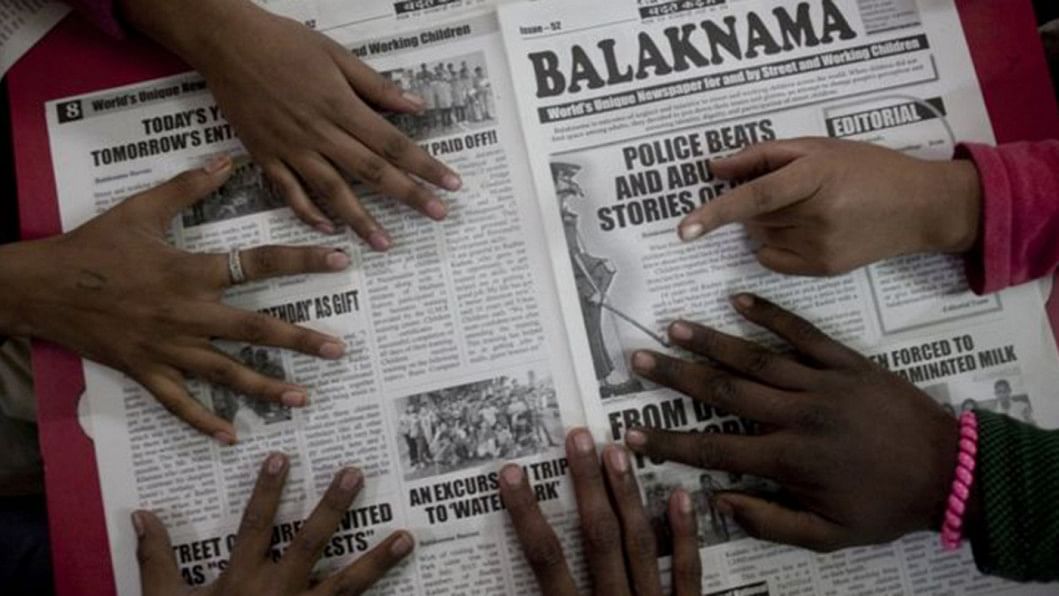
A group of street children are busy in an unusual editorial meeting in a house in the Indian capital, Delhi.
They are bound by a shared passion to bring out Balaknama (Voice of Children), an eight-page quarterly newspaper which focuses on children living and working on the streets.
It proudly calls itself the "world's unique newspaper for and by street and working children".
Eighteen-year-old Chandni, the newspaper's editor, joins the animated discussion over the content of the next edition of the paper whose circulation has gone up from 4,000 to 5,500 copies since she took over a year ago.
The reporters have either been street children or have worked as child labourers in Delhi and neighbouring states. They were rescued by Chetna, an NGO that works for the rehabilitation of street children.
By one estimate, more than 10 million children live on the streets and are forced into work in India.
'Cathartic'
From working as a street performer with her father to rag picking to support the family, Chandni's life has been a tale of grinding poverty.
The NGO's outreach programme enthused her to join a school and also gave her a modest stipend to keep her from going back to rag picking. It also trained her as a reporter.
"I am very proud of editing this paper because it's one of its kind in India. Children whose childhood have been robbed, have gone hungry, begged, been abused and forced to work write about other children who are going through similar tribulations," says Chandni.
"It's not only cathartic but also gives each one of us a sense of purpose. We can only become better from here."
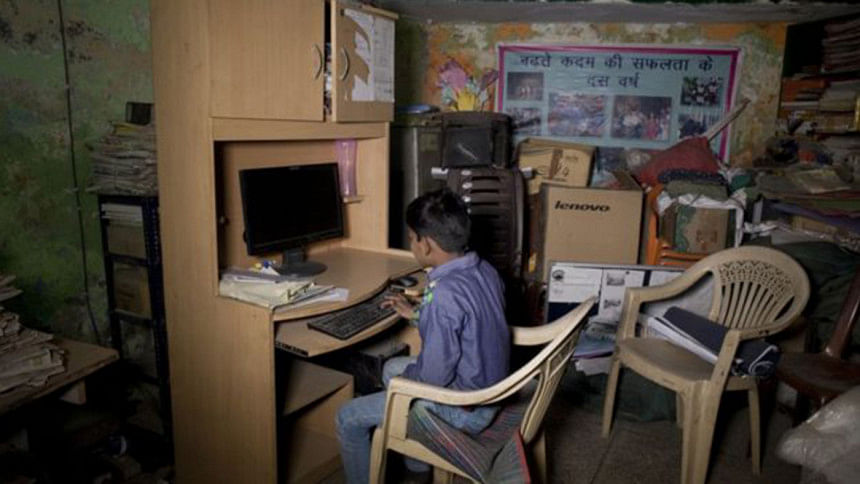
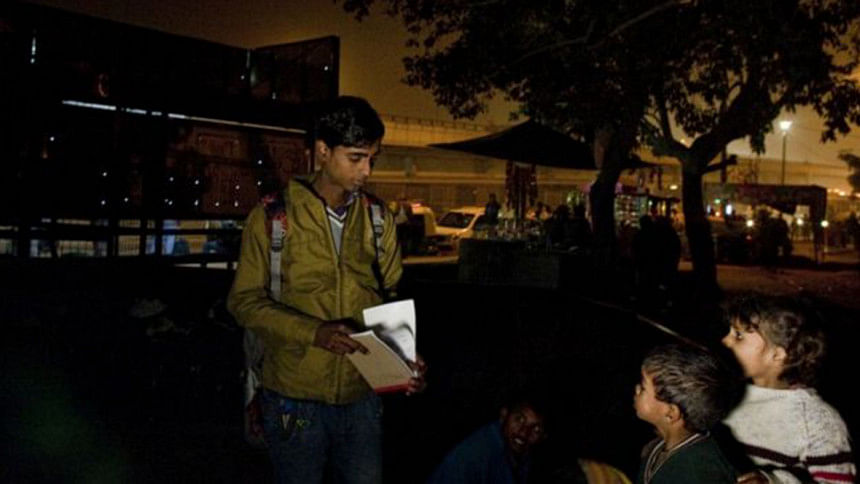
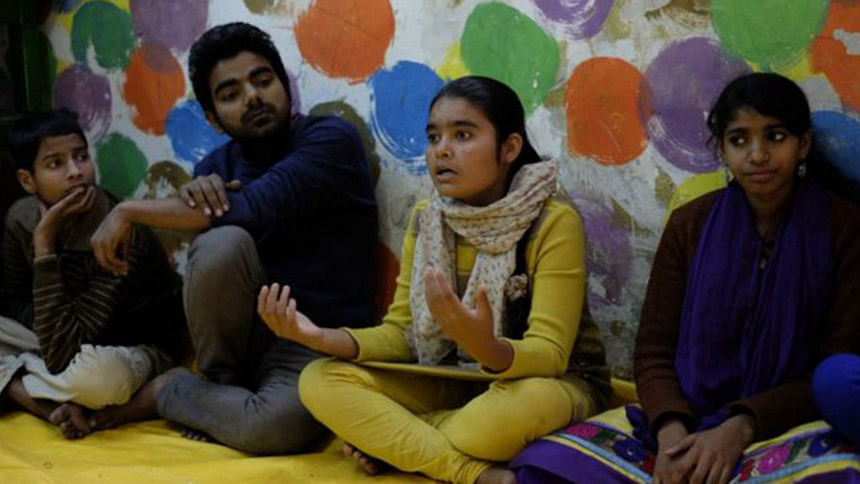
She manages a bureau of 14 reporters who cover Delhi and neighbouring states of Haryana, Uttar Pradesh and Madhya Pradesh.
Most reporters narrate their copy to colleagues in the Delhi office on the phone because they often have no access to e-mail or fax.
Chandni conducts two editorial meets every month to keep a sharp eye on the content.
The broadsheet is priced at two rupees (three cents) and is financed and published by Chetna. But it has been struggling to find advertisers and has not received any funding from the government.
Limited resources
Shanno, 19, is a fifth-grade school dropout. Working long hours and putting up with a "drunk father" was Shanno's life story.
Today she is studying for a degree in social work and hopes to have a career as a social activist. She also trains other reporters at the newspaper.
"We did a sample survey of street and working children in Delhi in November and managed to track down 1,320 children living on the streets and working as labourers," she says.
"We wanted to tell the police and the government that a proper count of street children was possible. If we can do it with limited resources, so can they when they have all the manpower and resources available to them."
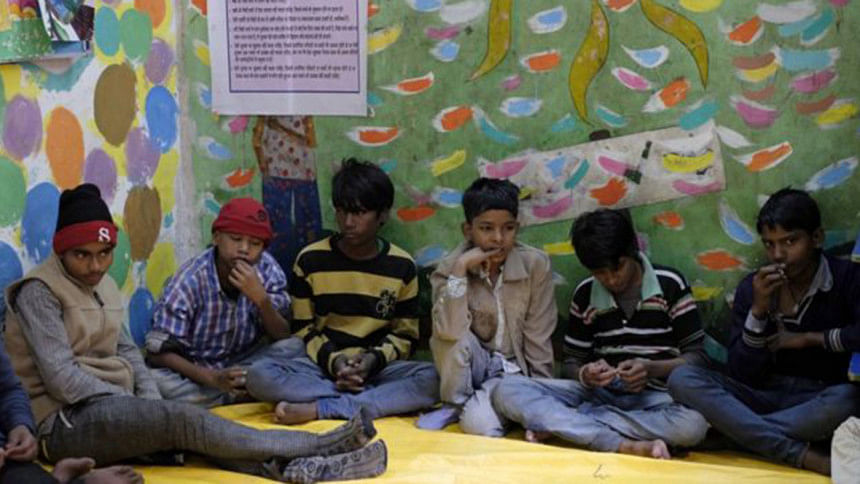
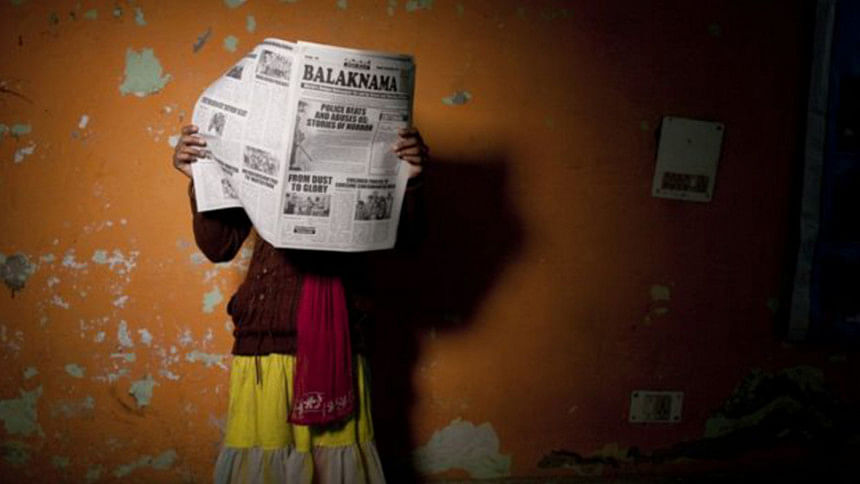
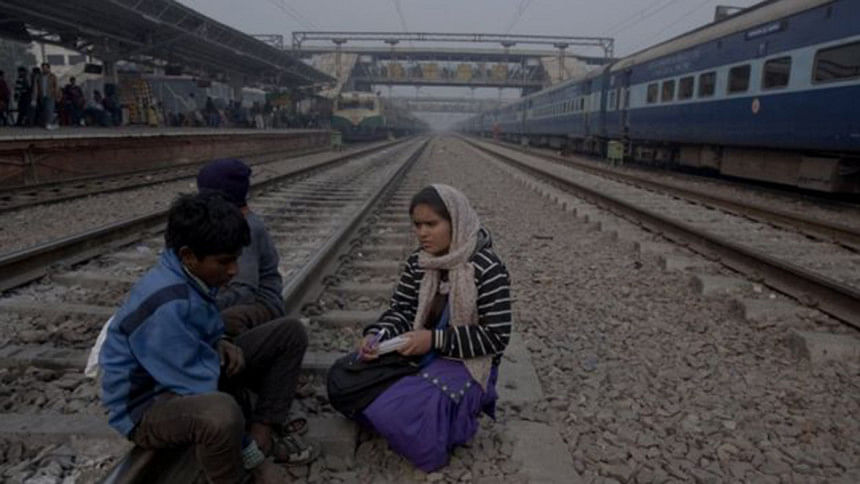
"There's been talk of a survey of street children to be conducted by the Delhi government and also the police but nothing has come of it so far," she adds.
Shambhu, who also works at the newspaper, says he faced a lot of opposition and endured threats while doing the survey.
"We had to face a lot of opposition and even threats when we went to talk to children working in restaurants and hotels because their employers were belligerent. But we firmly told them that we will call the child helpline number if they did not allow us talk to the children," he says.
Reaching out to children stuck in private homes, restaurants and factories gave a sense of purpose to 15-year-old Chandni (junior).
She echoes the pain and horror of many nameless children in the stories that she files for the paper. Chandni (junior) is slated to take over as the next editor of the newspaper.
"I want to increase the reach of our newspaper and make it a profit making venture. It's the voice of all of us who have survived hardships on the streets, in other people's homes and sweat shops and can now speak for many others who continue to struggle. Their silence must be heard," she says.

 For all latest news, follow The Daily Star's Google News channel.
For all latest news, follow The Daily Star's Google News channel. 

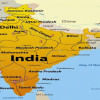

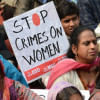



Comments